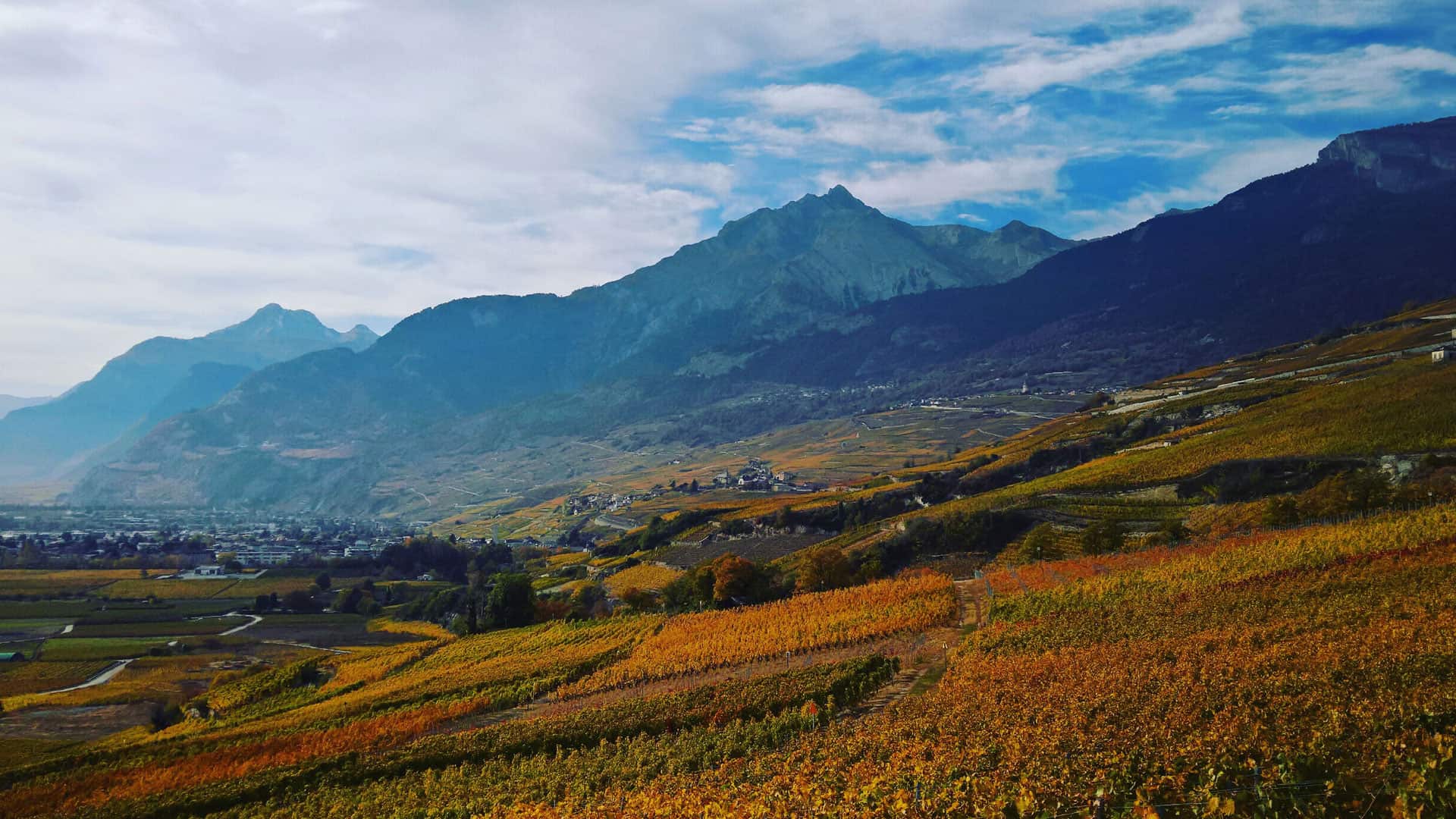Terroir comes from the French and, translated into German, means rather profanely just “region”. Although terroir as a term has not been a blank slate in the wine world for some time, it is now more popular than ever.
The term, which in the world of wine is probably best described as a vineyard, refers to the entire natural environment in which a wine is created or in which its grapes grow. For such a terroir wine to be created, various factors have to fit together perfectly, like a jigsaw puzzle. If the right vine grows on the right soil in the right place, the winemaker knows his craft and the weather cooperates, a fine terroir wine can end up in your glass. At first glance, this sounds relatively simple, but on closer inspection, the observer quickly realizes how complex and time-consuming the process is. Especially as it requires a great deal of expertise from the winemaker. This is also the case with the winery of the best Swiss winemaker of the decade, Diego Mathier. His great-grandfather, Ferdinand Mathier, was a vineyard inspector in Valais and knew better than anyone else in his time how to read the relationships between vineyard sites, soil conditions and climate and, above all, how to interpret them correctly. As a result, the Mathier family soon came to own the first (to date around 40 hectares) of the best vineyards, which are still used today to produce top wines that regularly win international and national awards.
A winemaker who has mastered his terroir is therefore also something like a composer who knows how to put together the best geographical and biological ingredients for his piece of music in the right proportions to create a complete work of art. And it is these “ingredients” that really matter:
Soil composition is primarily about the minerality of the soil, but of course also the capacity of the soil to store water. Then it is important to know and understand which nutrients are contained in the soil, and the pH value or depth are also of crucial importance. Not forgetting, of course, whether the soil is pebbly, clayey or sandy, etc.
When it comes to the climate, the winegrower should be well acquainted with the amount and distribution of rainfall. In addition, the number of hours of sunshine, day and night temperatures or, as in Valais with the constant gentle Föhn wind, special regional weather phenomena also play an important role in growth and ripening to perfection. The climatic part is rounded off by the orientation of the sky and the altitude (above sea level) of the vineyards.
Last but not least, there is the vineyard itself. This is mainly about the age of the vines and which grape variety should be cultivated in accordance with the soil and climate. The grape varieties, in turn, are rooted at different depths and, of course, the natural yeasts found in the vineyard, which are partly responsible for the subsequent spontaneous fermentation of the grapes.
Finally, there is the winemaker himself, who simply has to understand his craft and be able to draw on his historical experience. Because even the best ingredients and traditional recipes are useless if the chef does not know how to conjure up a tasty menu from them. And the same applies to the winemaker of a good terroir wine.

